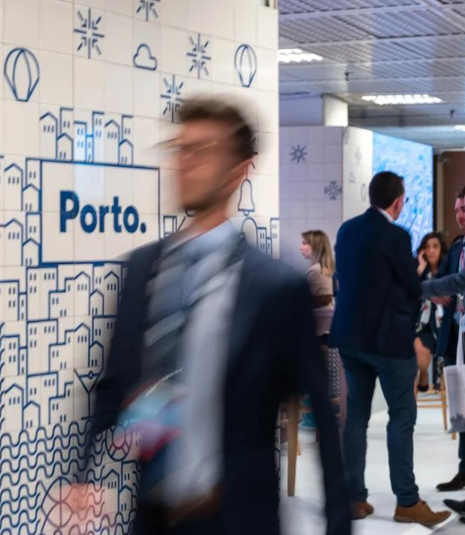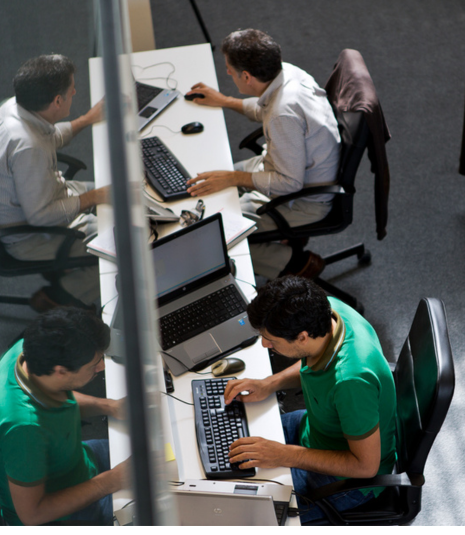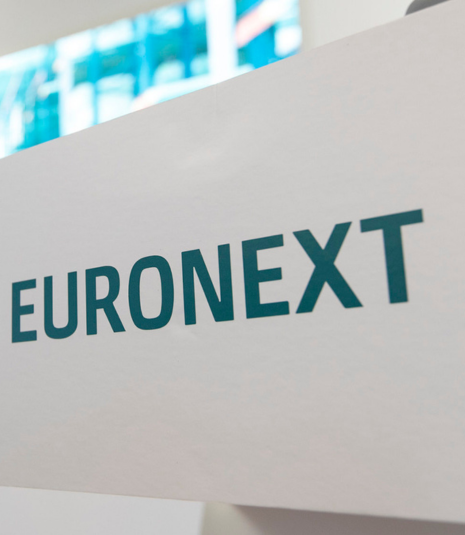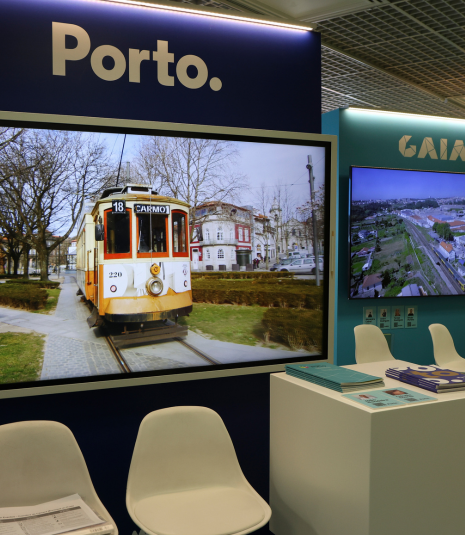The new life of the Bolhão Market
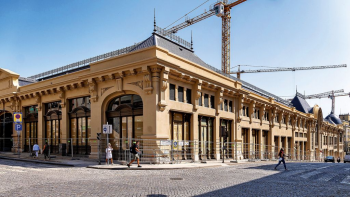
"Bolhão will always be Bolhão, and there should be no doubt about that", says Pedro Baganha, Municipal Councillor for Urbanism and Public Space and Housing, when confronted by Expresso about the future management model and the maintenance of its original features.
For the responsible, "the basic objective of the municipality is to promote it as a fresh produce market and work it as a central piece of affirmation of the Bolhão block as a food reference in the city".
With its reopening scheduled for the end of the first semester - everything points to the end of June -, after four years of restoration and modernisation works, justified by the complexity and by the added difficulties due to the pandemic period, the Bolhão Market has a total of 129 spaces (81 indoor stalls, 10 indoor restaurants and 38 outdoor shops).
Of these, 42 spaces are assigned by tender and where the categories and priority areas were defined, to ensure the diversity and complementarity of the space, since the goal, highlights Pedro Baganha, is to have "a balance between the already known offer and the novelty, which will reinforce the attractiveness of Bolhão as a whole".
The responsible highlights the commitment of the municipality in carrying out an exhaustive diagnosis of the products sold, respecting the identity of this space and its historical traders, but developing a path that leads to the diversification of the offer. "This is a key challenge to prepare the market for the future", he warns.
However, to achieve this goal, Pedro Baganha considers that "the new offer, in terms of exterior shops and restaurants, will be determinant, as well as the new dynamic introduced by the realization of events and experiences, namely in the gastronomy area".
This challenge, in his opinion, is done while respecting the original DNA of the Mercado do Bolhão, in particular through the historic traders. However, he believes that "the complementarity guaranteed by the new traders and the potential users of the temporary spaces will have a very relevant role in the economic sustainability of the market itself".
Also for Nuno Valentim, the architect responsible for the restoration project, the "priority was given to the rehabilitation of the fresh market activity" and, as such, the work of "redesigning the sales structures ('barracas'), updating them to contemporary levels of hygiene and functionality".
According to him, a relevant aspect of this work is the "transformation in continuity" of the building and the market, respecting the identified heritage values. In this way, he states, the determination of the architectural project to recover the building, returning to it the integrity and identity lost since 1914, is already visible outside.
The tunnel was the "acid test".
The great challenge was "to think and execute a work of this dimension to solve a problem of the present and, at the same time, prepare the Bolhão for its next 100 years of life," says Cátia Meirinhos, administrator of the municipal company GO Porto, which managed the contract.
This is because the responsibility of an emblematic work such as the rehabilitation of the Bolhão Market "is immense, not only for its unquestionable heritage and architectural value but also for what it effectively represents for the city and each one of us".
Challenged to identify the greatest challenge - among the several that arose throughout the evolution of the work -, Cátia Meirinhos states that "the construction of the tunnel was the litmus test".
With its entrance on Rua do Ateneu Comercial do Porto, the tunnel gives access to the logistics basement, considered to be the greatest novelty in the work at Mercado do Bolhão. It occupies the centre of the building and is the space where warehouses, cold storage rooms and loading and unloading are installed.
The creation of the logistics basement is "a highly distinctive mark" of the project since with this component it will be possible to "give the public space of the block back to the people".
Cátia Meirinhos also underlines the challenges arising from the "unpredictability, in a context that is against the clock and always with the concern to minimize the intervention period and constraints".
The fact that the groundwater level forced a change in the construction method of the basement is an example of this, as well as the changes, of the same nature, applied to the upper galleries".
The contract for the restoration and modernisation of the Bolhão Market was awarded to the Alberto Couto Alves, S.A., and Lúcio da Silva Azevedo & Filhos, S.A. group, for 22.3 million euros.

